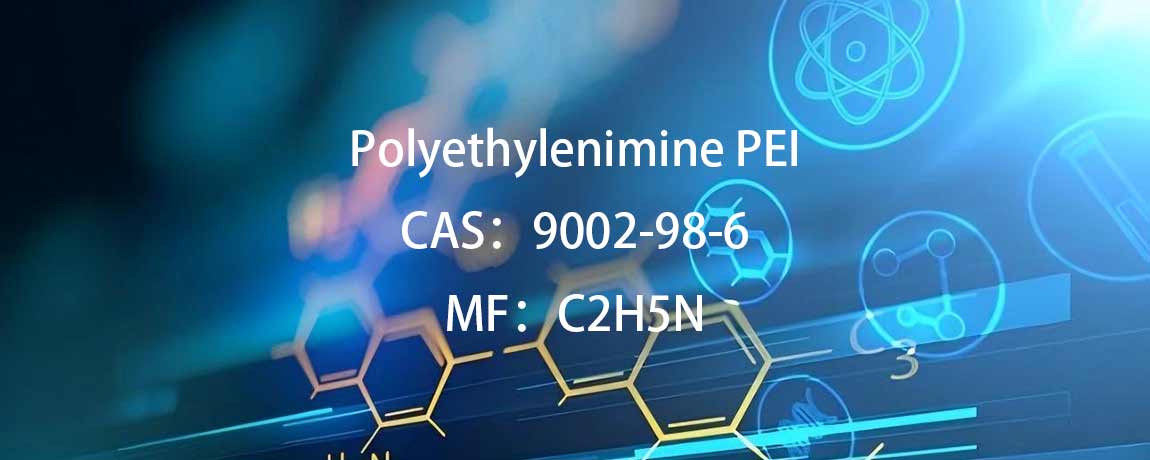Polyethyleneimine (PEI) is a cationic polymer with multiple amino groups, CAS number 9002-98-6. PEI has a wide range of applications in various fields due to its unique chemical and physical properties. The diversity and multifunctionality of polyethyleneimine make it a very useful industrial chemical. Next, we will mainly understand the application of polyethyleneimine in the field of polymers. PEI, due to its unique chemical structure and functional properties, can be used as a compatibilizer between polymers. Mainly by forming hydrogen bonds or ionic bonds to interact with different polymer substrates, the compatibility of polymer mixtures is improved. What are the main factors we consider when choosing polyethyleneimine as a compatibilizer?

1. Solubility: PEI with lower molecular weight usually has better solubility, which may help improve its dispersibility in polymer mixtures.
2. Reactivity: PEI with higher molecular weight may have higher reactivity and can react more effectively with other polymer chains to form stronger chemical bonds.
3. Compatibility: The choice of molecular weight also affects the compatibility of PEI with the target polymer. Sometimes, PEI with medium molecular weight may provide the best compatibility and compatibilization effect.
However, polyethyleneimine should be noted that factors such as the concentration, molecular weight, and reaction conditions of polyethyleneimine can affect its effectiveness as a compatibilizer. Different applications may require PEI with different molecular weights. For example, in water treatment or gas purification applications, higher molecular weight PEI may be required to enhance its adsorption performance. In practical applications, it may be necessary to determine the most suitable PEI molecular weight for a specific polymer system through experiments. Usually, suppliers will provide PEI products with different molecular weights to meet the needs of different customers.

At the same time, cost-effectiveness should also be considered. PEI with higher molecular weight may have higher costs. In practical applications, polyethyleneimine may be necessary to determine the most suitable PEI molecular weight for a specific polymer system through experiments. Usually, polyethyleneimine suppliers will provide polyethyleneimine PEI products with different molecular weights to meet the needs of different customers. When selecting the appropriate PEI molecular weight, reference can be made to the technical data sheet (TDS) and safety data sheet (SDS) provided by the Unilong, as well as relevant research literature and experimental data.
In addition, as the specific recommended molecular weight may depend on specific polymer systems and application requirements, polyethyleneimine is recommended to collaborate with materials scientists or chemical engineers to conduct detailed experiments and analysis to determine the optimal PEI molecular weight.